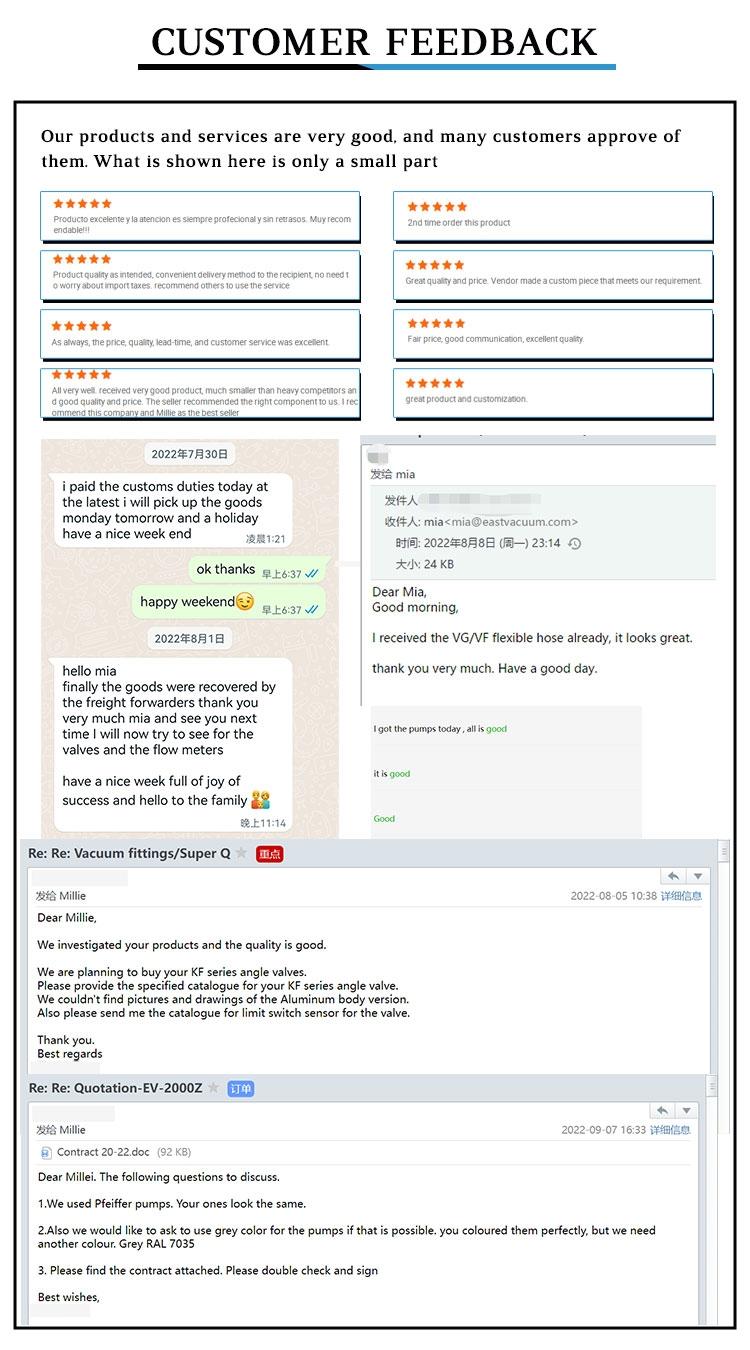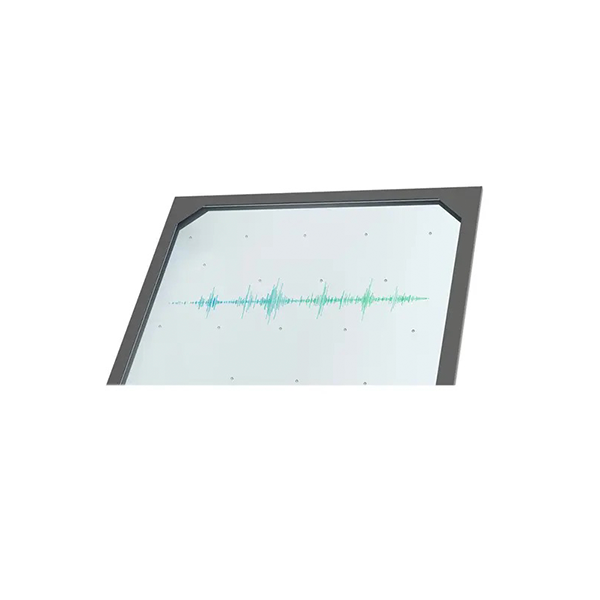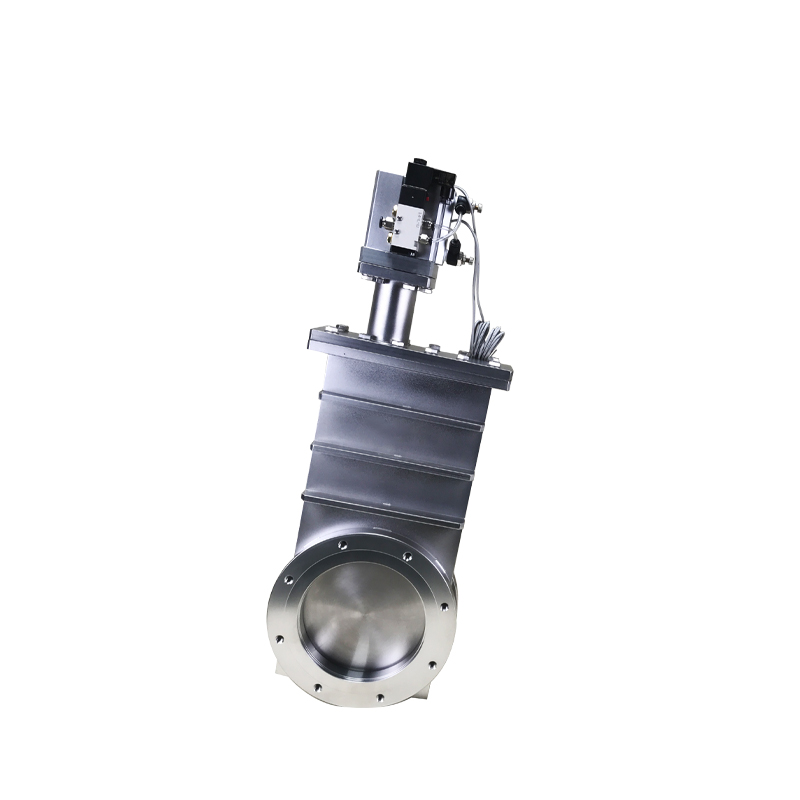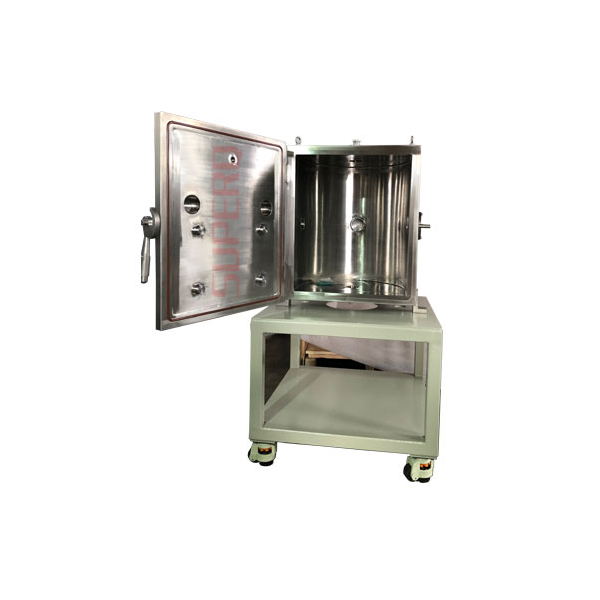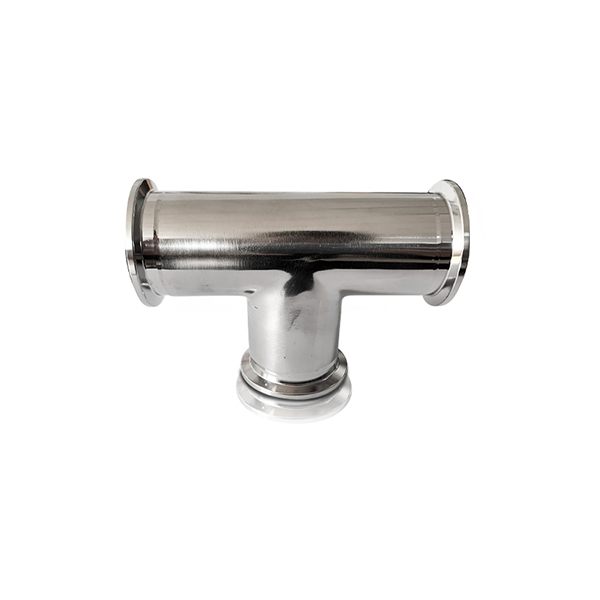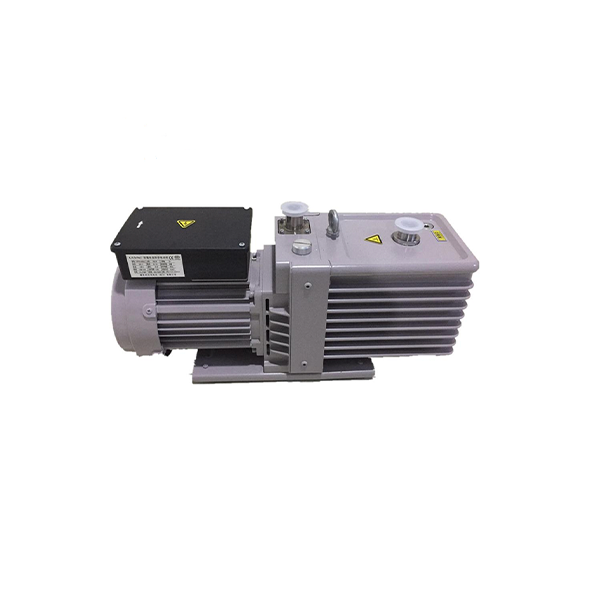Vacuum glass
Process method
The company adopts the world's leading "one-step" production process with more than 60 patents. The original film will use ordinary glass, tempered glass or semi-tempered glass. Use tempered glass or low-e glass to place the low-e film on the inner surface of the vacuum layer to improve thermal performance, and combine the vacuum glass with another piece or two pieces of glass through composite hollow or laminated glass to form a composite vacuum Glass to improve safety.
Six advantages
Thermal insulation
The vacuum layer of vacuum glass can reach 10^(-2)pa, which effectively prevents heat conduction
Sound insulation and noise reduction

The vacuum layer of vacuum glass can effectively block the transmission of sound. The weighted sound insulation of single vacuum glass can reach 37 decibels, and the maximum sound insulation of composite vacuum glass can reach 42 decibels, which is far better than insulating glass.
Anti-condensation
When the relative humidity is 65% and the indoor temperature is 20°C, the condensation temperature of vacuum glass is below -35°C outside, while the condensation temperature of LOW-E insulating glass is about -5°C outside.
Light and thin structure
| Glass varieties | Glass structure | U valueW/(㎡·k) | thicknessmm | weight(kg/㎡) |
Vacuum glass |
TL5+V+T5 | ≈0.6 | 10 | 25 |
| Hollow glass(Filled with inert gas) | TL5+16Ar+T5+16A r+TL5 |
≈0.8 | 45 | 28 |
Note: The glass density is 2500kg/m3. The weight calculation only considers the weight of the glass, ignoring the weight of the accessories.
Vacuum glass only needs 2 pieces of glass to reach a low U value, such as 0.58W/(㎡.k). Insulating glass needs to use three glasses and two cavities, 2-3 pieces of Low-E glass, and filled with inert gas. It can reach 0.8W/(㎡.k).
(6) Wide range of applications: construction, new energy, transportation, tourism and leisure, aerospace
Engineering case
Beijing Tianheng Building

The world's first office building with vacuum glass curtain wall
It was built in 2005 and adopts T6+12A+L5+V+N5+12A+T6 structure, and the U value can reach 1.2W/㎡k.The highest level of the national standard insulation window is 10, and the sound insulation reaches 37 decibels, saving more than one million electricity bills every year.
Qinhuangdao "on the water side" passive house residence

China's first passive house project to be certified by the German Energy Agency
It was completed in 2013. Semi-tempered vacuum glass was used on the doors and windows of the project, and the U value was less than 0.6 W/㎡k.
Changsha Riverside Cultural Park

The world's first vacuum glass building complex
Completed in 2011, it is composed of three buildings with different functions: Book Light, Bo Wuguang and Concert Hall. The use of vacuum glass exceeds 12,000 square meters, and the maximum size exceeds 3.5x1.5m.
Zhengzhou Library

National Demonstration Unit of Building Energy Efficiency Library
It was completed in 2011, using 10,000㎡ vacuum glass curtain wall and daylighting roof. It is calculated that compared with the use of insulating glass, it can save 430,000 kilowatt-hours of electricity and nearly 300,000 yuan per year.
The weighted sound insulation of vacuum glass reaches 42 decibels, creating a quiet and comfortable reading environment for readers.
